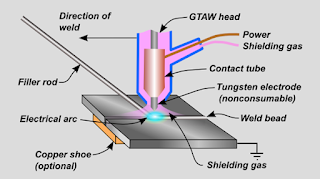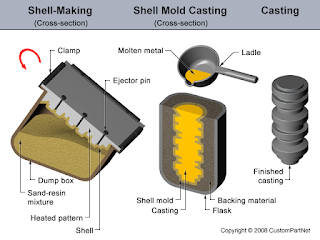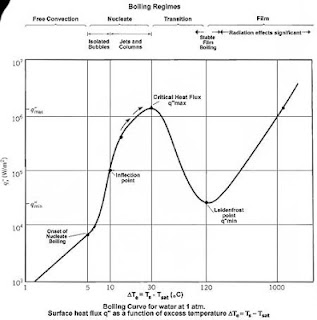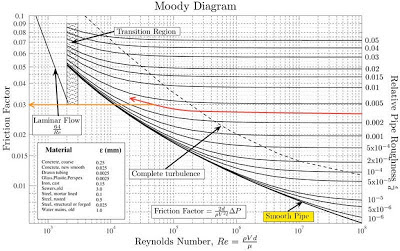Submerged Arc Welding or SAW is one of the most occurring arc welding process. It needs a electrode which may be solid of tubular. The electrode should be used in a continuous approach. It should be fed continuously. Ohhh ... for your kind information tubular electrode is the one which is flux shielded.
Read full post »
The main feature of this welding is that – The weld and the arc area is protected from environmental contamination by the application of a granular flux which is fusible. The weld pool is protected by a blanket of flux. So that area is actually submerged under that flux. When temperature rises and molten the flux becomes conductive. And thus this creates a path for electron flow between electrode and workpiece. SAW or Submerged Arc welding can be done by manual procedure or automatic process. But it can be done by semi-automatic process where welding gun is hold by hand. Here pressurized gravity flux feed is given.
Both DC and AC can be used as power supply. In multiple electrode system DC – AC combination is very common. Constant voltage power supply machines are used very frequently.
Advantages
- This welding process has high deposit rate. Almost 45kg/h can be deposited.
- In mechanized applications.
- Very little welding fume is seen . .
- No edge preparation is needed.
- This process is applicable indoor as well as outdoor.
- No chance of weld spatter as it is submerged in flux blanket.
Disadvantages
- Operation is limited to some specific metals.
- The application is limited to straight seams and pipes and vessels.
- The flux handling can be tough.
- Health issue can be caused because of the flux.
- Slag removal is needed after welding.
Applications
- Joining of pressure vessels such as boilers.
- Many structural shapes, earth moving equipment, pipes.
- Railroad construction, locomotives and ship building.
- Repairing machine parts.




















